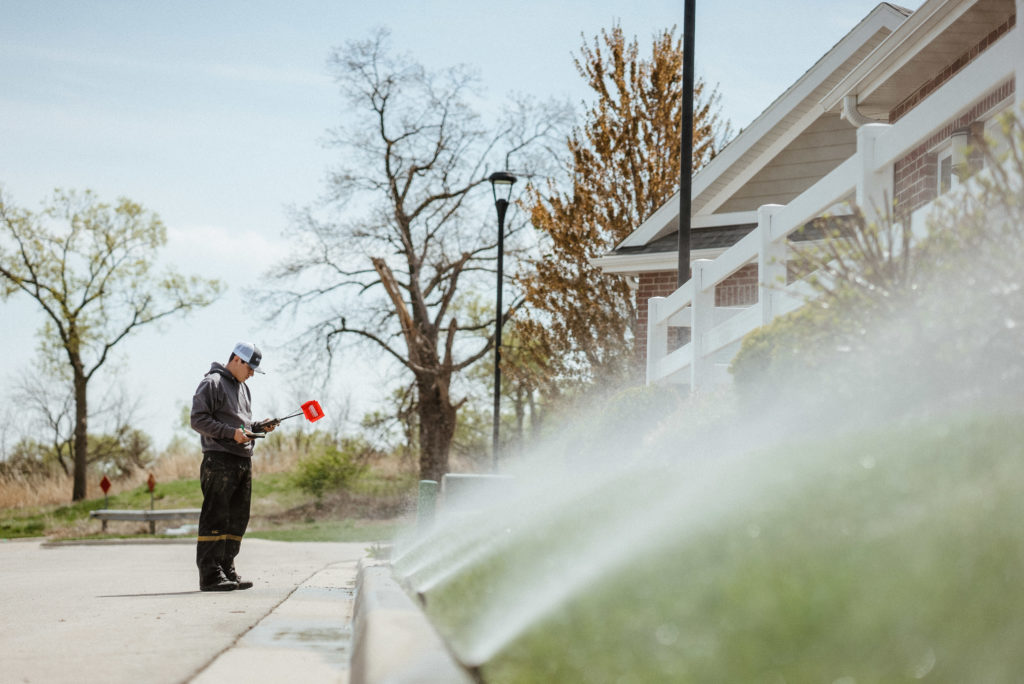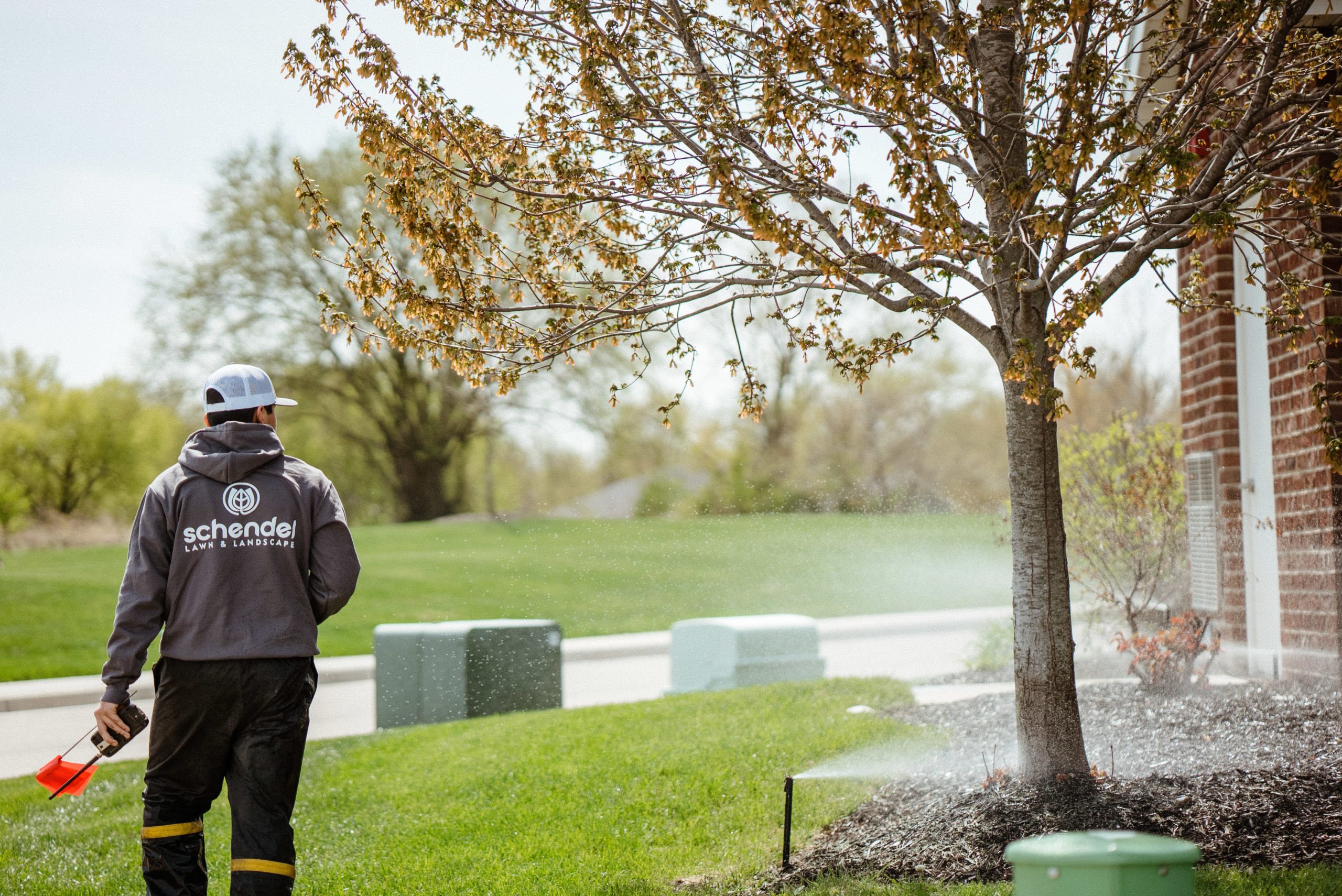Summer is here! School is out, the sun is shining, and the temperature is constantly on the rise. As the heat continues to climb, it becomes increasingly important to pay attention to the hydration level of your lawn. A lawn that doesn’t have enough hydration is at a greater risk of discoloration, brown spots, and excessive weeds.
How can you tell if your lawn isn’t receiving proper hydration?
There are a few key factors that can signal an underhydrated lawn, but the simplest way to test for dehydration is to walk on your grass. If you leave footprints or the grass doesn’t bounce back from your steps very well, it most likely needs to be watered.
When should you be watering?
The most efficient time to water your lawn is in the morning. When watering your lawn, you want to look to avoid conditions like high wind, harsh sunlight, and low humidity. The most efficient time to water that best avoids these conditions is early mornings before the sun peaks. This allows the water to have the best chance of soaking into the soil in your lawn, instead of being carried away by wind or evaporating into the air.
How much water is enough?
Optimal watering for the summer months is typically 2-3 times per week.
If you have an inground irrigation system, your timing schedules should be between 30-45 minutes on rotor irrigation zones, 10-15 minutes on spray zones, and 45 minutes on drip zones. This amount varies based on the amount of shade that your lawn receives, as well as the slope of your lawn. Areas of grass that see a lot of shade require much less watering than areas more often exposed to direct sunlight. If you have areas in your lawn that don’t drain well due to grading or slope, its best to water those areas less so the water can soak up into the soil.
If you’re sick of managing your irrigation system yourself, with Schendel’s SMART Irrigation Program, we will take care of it for you. During each SMART visit we’ll make adjustments to watering schedules, coverage, and check for potential repairs. If you’re already a SMART customer, we have already been adjusting your system as the weather changes and we’ll continue to do so throughout the watering season. Furthermore, if you don’t have an inground irrigation system, consider using a rain gauge to measure how much you are watering in certain areas. Above ground sprinklers can be purchased to help keep your lawn healthy during the hot summer months. Sprinklers that spray larger water droplets and avoid spraying mist are the best choice. With portable sprinklers, the smaller the water droplets are, the more likely they are to be quickly evaporated or carried off into the wind.

